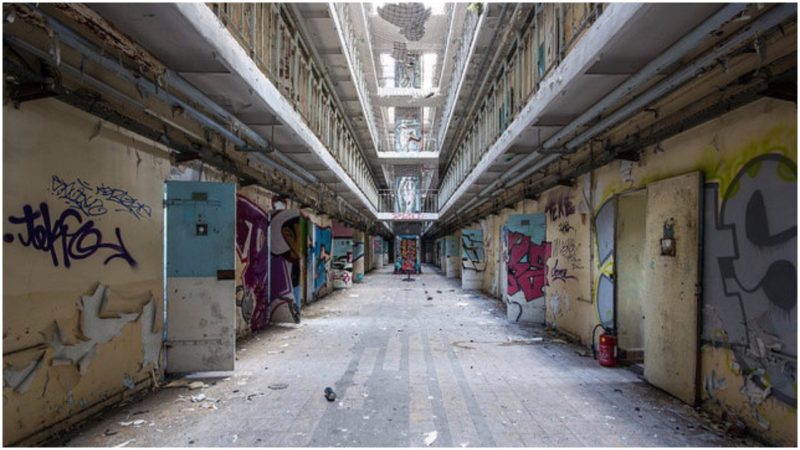The Prison de Loos, also known as prison H15, began life as a peaceful Cistercian monastery, L’ Abbaye Notre-Dame de Loos, that was built during the 12th century nearby to the city of Lile in northern France. It was founded by Thierry of Alsace, Count of Flanders, in 1146 and consecrated in 1149. The first abbot, Jean Belle, also had another five monasteries under his care.
This holy piece of land enjoyed its peace for hundreds of years, until it was sacked during the Dutch Revolt in 1566, a Protestant uprising which began in a part of the Habsburg Empire and spilled over into a larger area of Europe, including the Flanders region of France. As peace returned to the area, a new chapel dedicated to Our Lady of Grace (Notre-Dame de Grace) was constructed within the monastery. This was completed in 1591 and enlarged by 1611.
All was well for the nuns who lived here, up until the time of the French Revolution (1789-1799). The monastery now became nationalized and they were forced to leave, never to return.
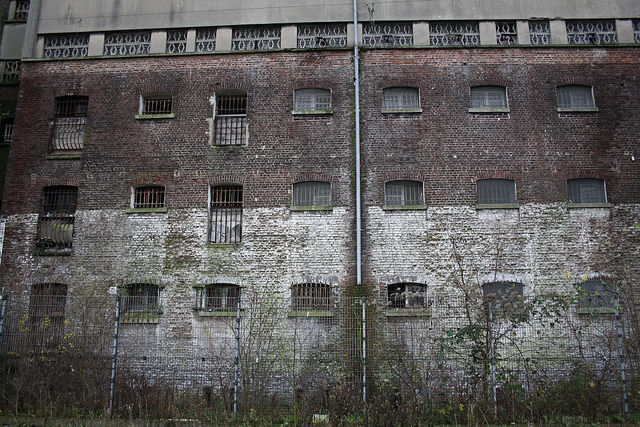
During the period in which war was raging across France, the monastery complex was used as a hospital for a brief period, after which it was used to house livestock. Plans were made for a dépôt de mendicité, literally “begging depot”, to be established here after the war was over. These were institutions where beggars and vagrants, who were looked upon at that time as criminals, could be rehabilitated. In other words, it was to be a workhouse.
The chapel of Our Lady of Grace was destroyed in 1811 to make way for expansion of the main de Loos complex. Further work on creating the workhouse, which was designed to hold 400 people, both male and female, was delayed until 1817. During this same period, France was experiencing a shortage of prisons.
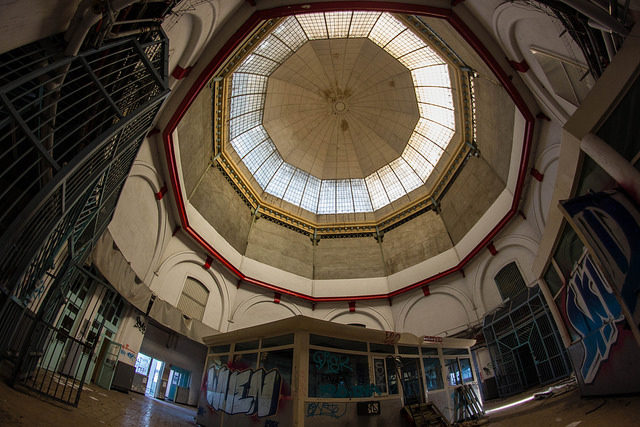
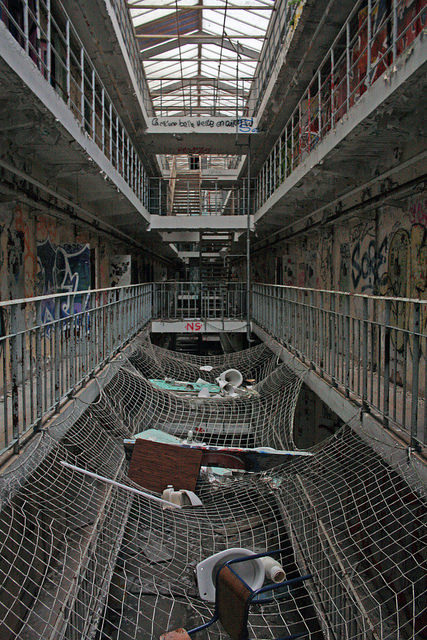
It was for this reason that the planned use of de Loos was changed. Shortly after work began, the plans to create a workhouse for the poor were scrapped and new blueprints drawn up. Then followed another period of stagnation. It took another 5 years for the construction work on the new Prison de Loos to be finalized.
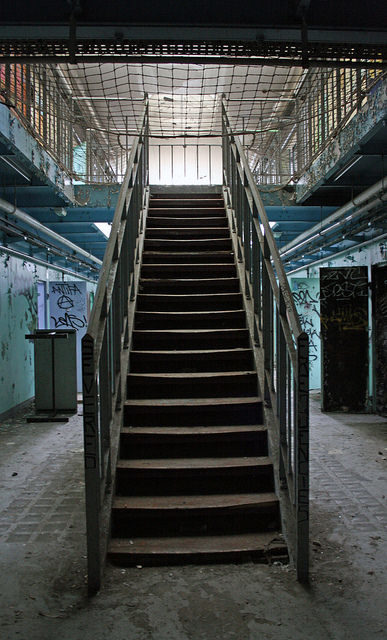
It was finally 1822 when the prison took in its first inmates. It was designed and built to house 500 people in total, split into two areas. One section was for the hardcore criminals and those charged with lesser included offences were held separately.
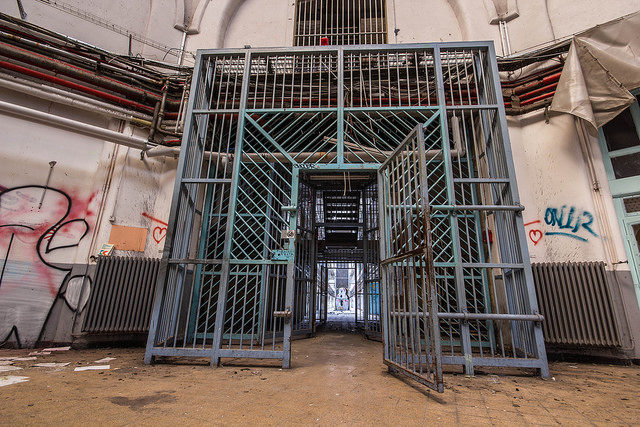
As time moved on, the prison grew older and so renovations had to be done. This allowed for extensions to be built which meant more prisoners could be housed. And so, another building was erected just for the female prisoners. The old one was left only for the male prisoners. During its peak, the prison had around 960 male inmates and 530 females.
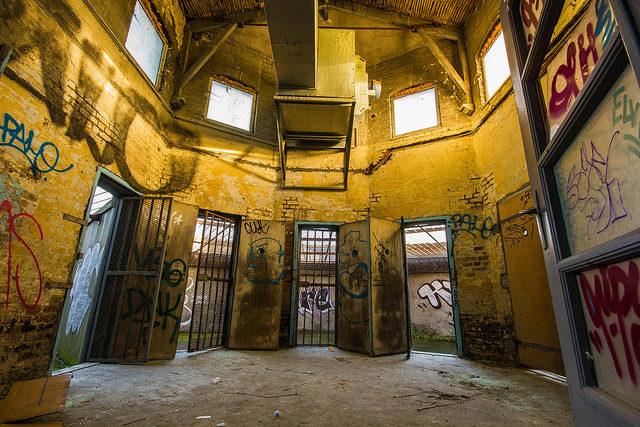
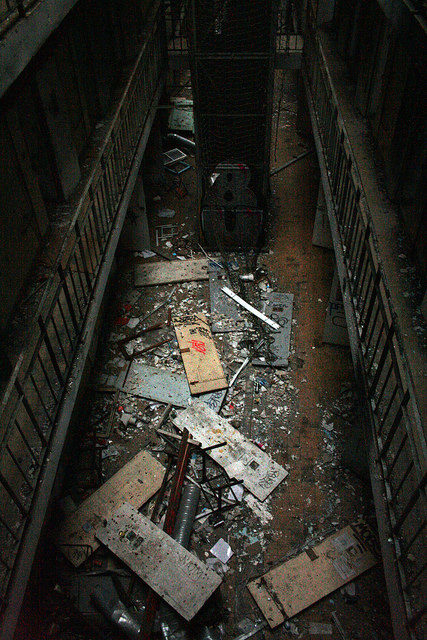
The prison remained to be active until 2011, when it was closed for good. Since the day its doors were closed and locked, the prison became part of the to-do list of countless urban explorers. Its huge empty walls became the Mecca for graffiti artists and the countless windows, an irresistible target for delinquents and hooligans.

Even thieves and scrapers became part of the action. Bit by bit the prison was being destroyed. According to a number of urban explorers and hundreds of photographs, the prison’s interior is in a desperate state. Even the plumbing from the bathroom was scraped illegally.
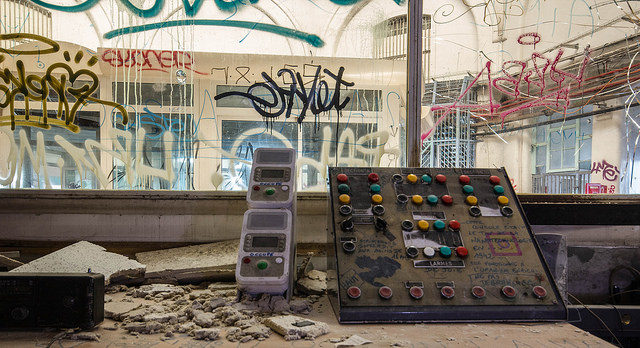
Among all of the activates there are those that take enjoying an abandoned building to a whole new level – the airsoft warriors. A number of adventurous folks use the long hallways and empty prison cells to practice shooting each other with spherical plastic pellets.
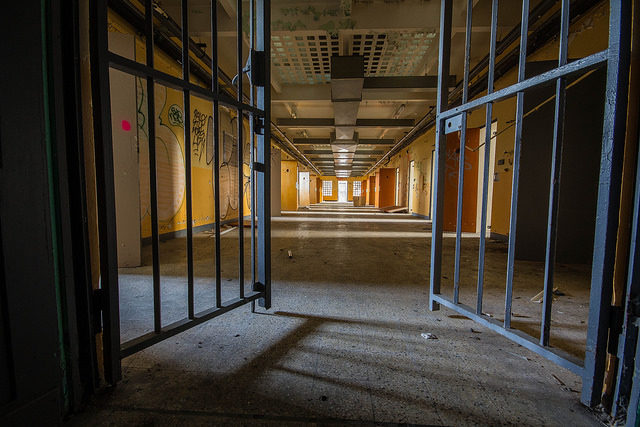
As this place is slowly sinking into the past from which it came, the stories remain to colourfully depict this path from monastery to prison.
